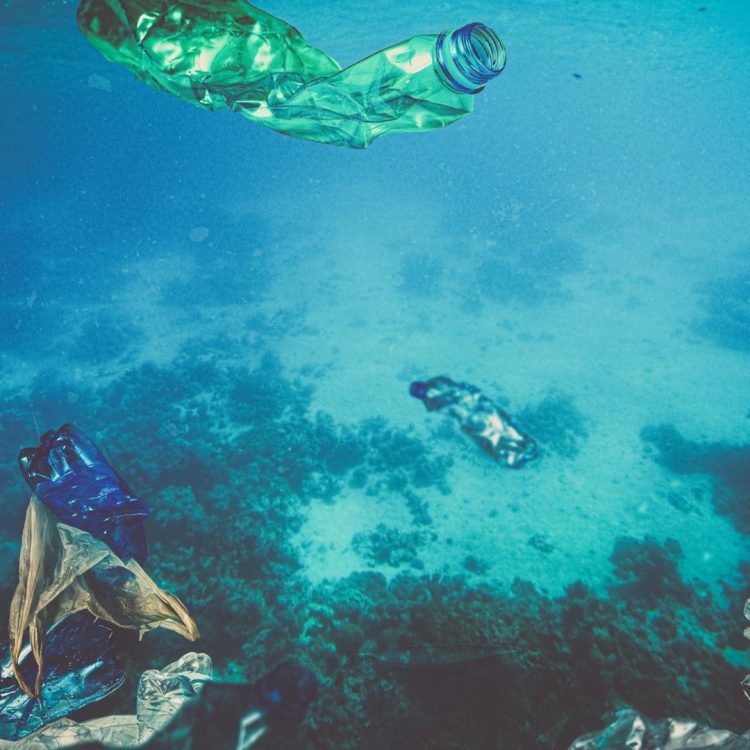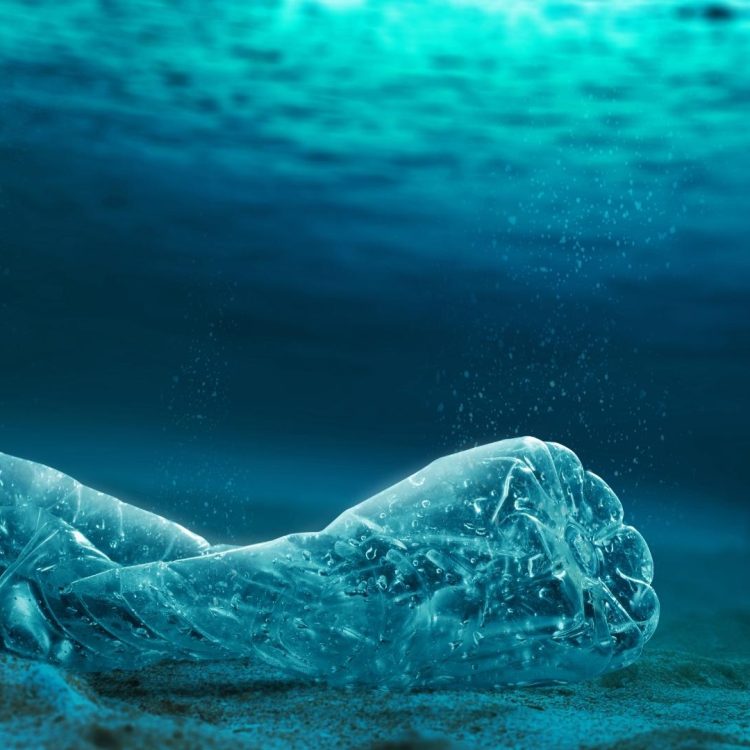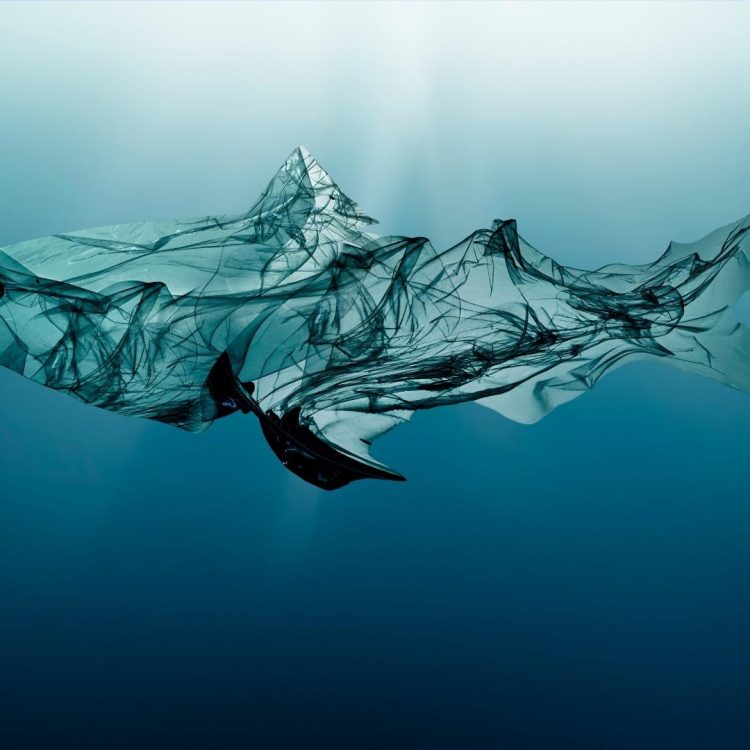Marine Pollution Numbers
trillion pieces of plastic in our oceans
0
million tons yearly - plastic created
0
million clinical cases of human diseases annually due to coastal water contamination
0
million marine animals deaths from plastic pollution yearly
0
years plastics decomposition
0
are microplastics that marine creatures mistake for food
0








